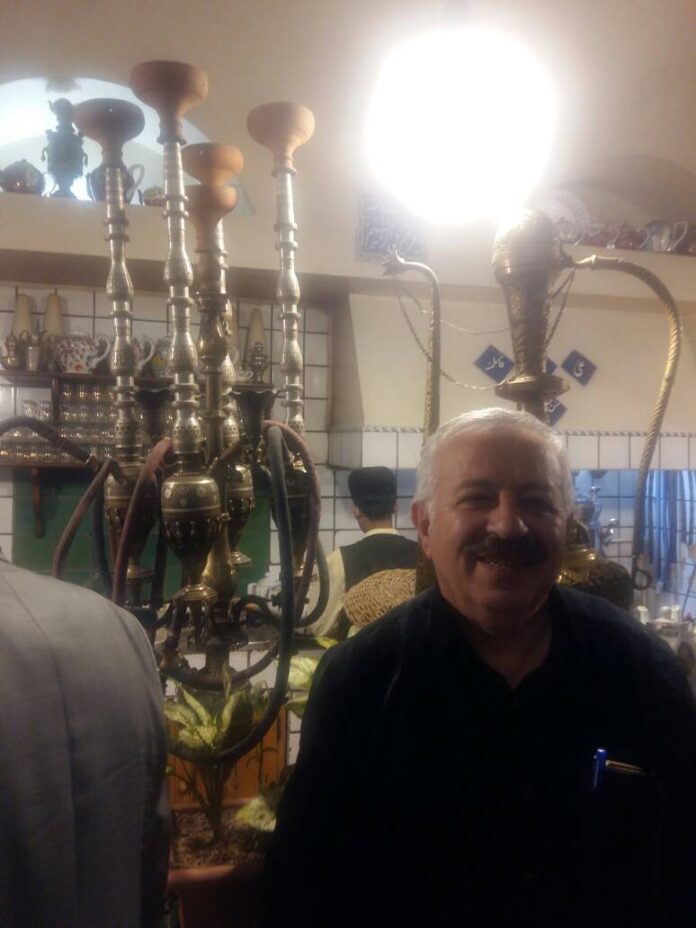Ali Kosh, Tappe/Tepe-i Ali Kuş Ö2
Dehloran, Khuzestan, Iran: site on the east side of the ‘Fertile Crescent’ with evidence of plant breeding and animal domestication (1961) 8000-3000 BC
***
Khorasan/Khorasan/Khorasan (“Orient”) B 1, 4, 5
Iran-Afghanistan: An important region in terms of cultural history, located in eastern Iran, it is assumed to be the hometown of Zoroaster, 10th century BC; It enjoyed its golden age under the Samanids, Ghaznavids, and Seljuks who lived around the Oxos [Amu Derya] River 873-1240, its cultural centers — Merv, Tüs, Nishapur, Mashhad, Vegetablevar
***
Iran T 4-6, 8, 11, S 2-5, 8, B 1, 2, 4, 5, S 5, F 1, 5
Southwest Asia: Fertile Crescent and eastern (“non-Semitic” or “non-Afro-Asian) part of the “Nil-Amu Darya Region”, ancient agriculture (Zagros Mountains) and urban and writing culture (Elam, Namazga) ) 1st by BC; Imperial Aramaic as linguae francae 6th-3rd BC. century, Hellenic 3rd century BC.
***
-
st century, Arabic 7.-18. century and Persian 16th-18th. century and played an extremely important role in cultural transmission between East and West (East Asia, South Asia and Europe); important dynasties: Achaemenids 700-330 BC, Seleucid period (Hellenized Macedonians) 312-64 BC, Arshaki (Parthian) period 247 BC – 224 AD, Sassanid period 224-651, Abbasid period 750-945/1258, Samani period (in Transoxiana and Khorasan) between 873-1005, Seljuks (Turks) between 1040-1157, Ilhans (Mongols) between 1256-1335 and Safavid period between 1501-1722; prominent capitals—Parsa, Ktesiphon, Baghdad, Bukhara, Tabriz, Isfahan, and Shiraz; important regions — Media and Parsa/Pers, Khorasan and Khorezm and Transoxiana; origin region of gnostic Zoroastrianism (10th century BC – 10th century AD) and Manichaeanism (3rd-8th centuries), Islamic period 640 (Shiite period 16th century); golden age of philosophy 9th-11th.YY. (notable scholars: er-Razi, Ibn Sina, al-Biruni and al-Ghazali) and 16.-17. YY. (“Isfahan School”, important scholar: Molla Sadra





















